Beetles eating my Blackgum trees
alabamatreehugger 8b SW Alabama
14 years ago
Related Stories

TREES7 Deer-Resistant Flowering Trees to Plant this Fall
If you live in a neighborhood with roaming deer, consider these beautiful trees that won't tempt hungry guests
Full Story
EDIBLE GARDENSHow to Grow Your Own Luscious Cherries
Nope, they’re not the easiest fruit to grow. But with spectacular blossoms and pies as possibilities, cherries are sure worth a try
Full Story
FRUIT TREESHow to Grow Your Own Juicy Plums
Easier than other stone fruits and with a variety of colors to choose from, plums are a versatile garden addition
Full Story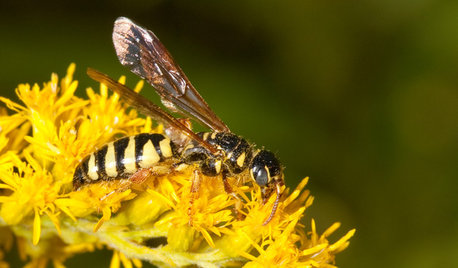
GARDENING GUIDESAttract Thynnid Wasps With Summer-Flowering Native Plants
These beneficial insects will hunt damaging beetle grubs in your lawn
Full Story
GARDENING FOR BIRDSFeed the Birds: 6 Plants for Abundant Winter Berries
Be kind to your fair feathered friends during lean food times by planting a shrub or tree loaded with nutritious snacks
Full Story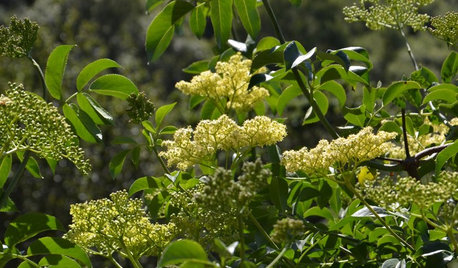
GARDENING GUIDESGreat Design Plant: Sambucus Nigra Caerulea for the Birds
Blue elderberry is a favorite of birds and other wildlife in its native California
Full Story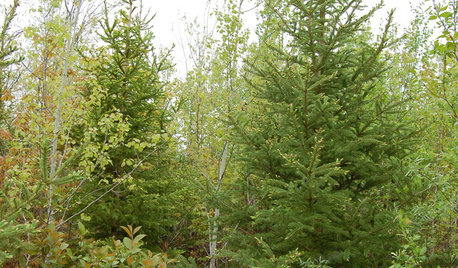
GARDENING GUIDESGreat Design Plant: Picea Glauca
Its sculptural form and evergreen foliage provide year-round beauty and wildlife shelter. Its cones offer important winter songbird food
Full Story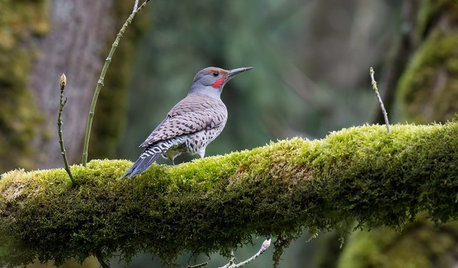
GARDENING GUIDESBackyard Birds: Healthy Home Habitats for Northern Flickers
These colorful woodpeckers found across the U.S. and Canada love berries, seeds and ants and often nest in deep burrows in trees
Full Story
GARDENING GUIDESGarden Myths to Debunk as You Dig This Fall and Rest Over Winter
Termites hate wood mulch, don’t amend soil for trees, avoid gravel in planters — and more nuggets of garden wisdom
Full Story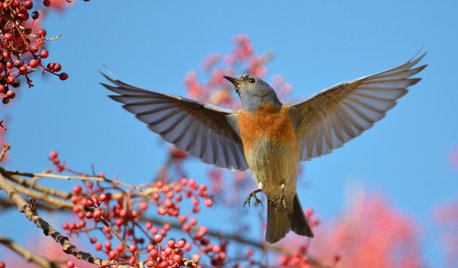
GARDENING GUIDESHow to Bring the Joy of Bluebirds to Your Garden
Attract these beautiful songbirds with nesting habitat and food sources, including berry-producing trees and shrubs
Full StorySponsored
Columbus Area's Luxury Design Build Firm | 17x Best of Houzz Winner!
More Discussions







arktrees
alabamatreehugger 8b SW AlabamaOriginal Author
Related Professionals
Maple Valley Landscape Architects & Landscape Designers · Wrentham Landscape Architects & Landscape Designers · 70037 Landscape Architects & Landscape Designers · Willowick Landscape Architects & Landscape Designers · Chelmsford Landscape Contractors · Fort Wayne Landscape Contractors · Goodlettsville Landscape Contractors · Santa Maria Landscape Contractors · Setauket-East Setauket Landscape Contractors · White Bear Lake Landscape Contractors · Four Corners Landscape Contractors · Agoura Siding & Exteriors · Albuquerque Siding & Exteriors · San Diego Siding & Exteriors · Mobile Decks, Patios & Outdoor EnclosuresPamchesbay
jean001
alabamatreehugger 8b SW AlabamaOriginal Author
jqpublic
plumfedup
plumfedup
Dan _Staley (5b Sunset 2B AHS 7)
alabamatreehugger 8b SW AlabamaOriginal Author
jean001
rhizo_1 (North AL) zone 7
Dan _Staley (5b Sunset 2B AHS 7)
pineresin
alabamatreehugger 8b SW AlabamaOriginal Author
rhizo_1 (North AL) zone 7
Pamchesbay
alabamatreehugger 8b SW AlabamaOriginal Author
rhizo_1 (North AL) zone 7
Hobbygirl1999
saccharum